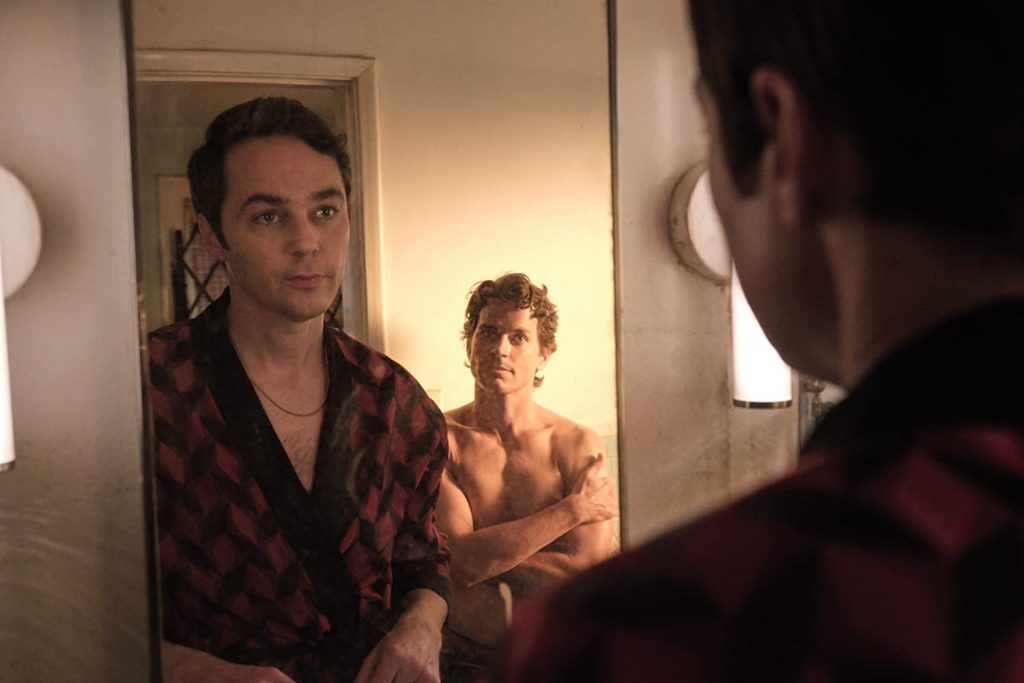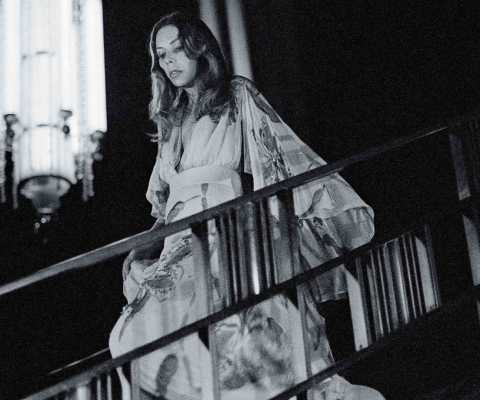The Boys in the Band is a pretty play about very ugly people. Or perhaps it’s a very ugly play about pretty people. It’s long depended on how you care to see it. For some, Mart Crawley’s 1968 play has long been passé, a relic of those “before times” when homosexuality and shameful self-loathing were interchangeable. For others, it remains a product of its time, a well-constructed yarn that captured the anxieties of a subset of gay New Yorkers. These assessments aren’t necessarily mutually exclusive, but they have tended to structure the play’s reception in the 50 years since it first exasperated straight male critics and enraged gay audiences.
Now, a Joe Mantello-directed version of the play (featuring the same cast that headlined the recent Tony-winning revival) arrives just in time to re-litigate the ways in which these “tired screaming fairy queens,” to use one character’s colorful description, deserve (or not) to be revived in 2020 — on Netflix no less, where it boasts Ryan Murphy as one of its producers.
I’ll admit, I’m one of those people who doesn’t recoil at the mention of Crawley’s “Boys.” I’ve always approached the play less as snapshot of what real gay men were like in the late 1960s and more as an exaggerated exercise in exorcising the rampant internalized homophobia many wrestled with back then. The premise may feel modest — a birthday party at a New York City apartment gets out of control when the host forces his friends to play a cruel game — but Crawley’s creation was quite ambitious: unearthing every lisping stereotype he could think of (the closeted queen, the himbo trick, the flirty fag, the flaming queen, and so on and so forth) he put on the stage a funhouse mirror up to the gay scene that made every character feel like an at times funny and at others tragic distortion of reality.
Michael, Donald, Hank & Larry, Emory, Bernard and Harold are too much; they make Boys in the Band feel like we’re attending a birthday party from hell. It’s easy to dismiss them but I love the high camp fright fest they embody, a horror piece played as a screwball comedy.
The Boys in 2020
Now, about this latest version (William Friedkin first adapted with its original cast back in 1971). As an adaptation, Mantello’s Boys is as unfussy a translation as one can find. Give or take a flourish in the opening credits and in some touching monologues (some more distracting than others), he does the material justice, keeping the film rightly attuned to his actors’ rhythms. This is a piece that lives or dies on the strength of its performances.
So let’s first get the obvious out of the way: while on stage these very talented actors could get away with playing people a whole decade younger (we’re meant to believe 43 year old Zachary Quinto is celebrating his 32nd birthday as Harold), it’s a bit harder to suspend such a belief, even with Bill Pope’s campy chiaroscuro cinematography shrouding them all in shadows and soft lighting throughout.
Beyond forcing one to be nit-picky it speaks to a different version of Boys we might have gotten if Murphy, Mantello and company would have decided to assemble a more age-appropriate cast. But that would have meant forgoing its roster of bankable stars, many of whom clearly relished the opportunity to play such colorful gay characters; one can’t help but wonder whether these aren’t the Men in the band rather than the promised titular boys.

An Ace Ensemble
Jim Parsons, who already had a field day earlier this year with his role of the predatory Henry Willson in Murphy’s Hollywood, is here yet again proving he’s all but left Sheldon behind, mining here instead Michael’s uglier aspects to create a rather disturbing portrait of a man trapped in a cage of his own making. There’s so much self-loathing that fuels his cruelty to his so-called friends that you wonder why anyone would ever dare spend any time with him.
Elsewhere, the entire ensemble — which also includes Matt Bomer, Andrew Rannells, Michael Benjamin Washington and Charlie Carver — runs like a well-oiled machine, a result, no doubt, of having played these characters on stage for months.
But it’s arguably Robin de Jesus who most takes advantage of playing a “butterfly… in heat!” like Emory. With his swishing hips and limp wrists, which he deploys with abandon, his Emory is an electric presence whose crackling charisma we see dim in one of the film’s most affecting monologues. Only Quinto, whose affectation is perhaps a tad too heightened even for the material (per my husband, he sounded like he was playing a serial killer), feels out of sync, more jarring than Harold needs to be.
Ultimately, though, Boys will forever be polarizing. In its abrasive embrace of every grating psychological pathology gay men live with, play and film can’t help but make its message (“If we could just learn not to hate ourselves quite so very much”) feel as directed to its every character as to its audience.
The Boys in the Band arrives on Netflix September 30, 2020






Comments